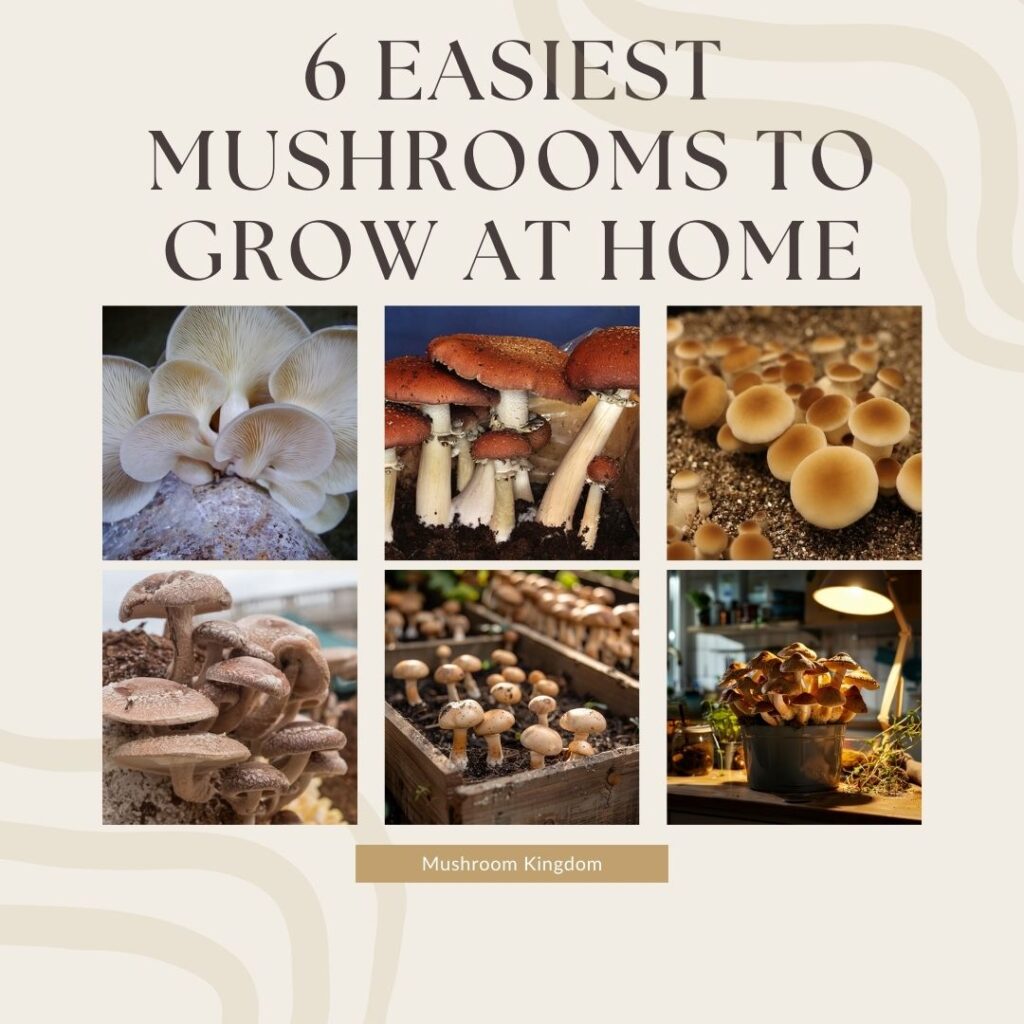Mushrooms are fascinating organisms, celebrated for their culinary uses, medicinal properties, and ecological significance. However, some mushrooms pose serious risks to humans due to their toxic nature.
This article delves into the ten most toxic and deadliest mushrooms, highlighting their characteristics, symptoms of poisoning, and the crucial need for caution when foraging.
1. Amanita phalloides (Death Cap)
The Death Cap mushroom, known scientifically as Amanita phalloides, is one of the most lethal mushrooms in the world. It has a greenish cap, white gills, and a distinctive volva at the base. Found in Europe, North America, and Australia, this mushroom often grows under oak trees.
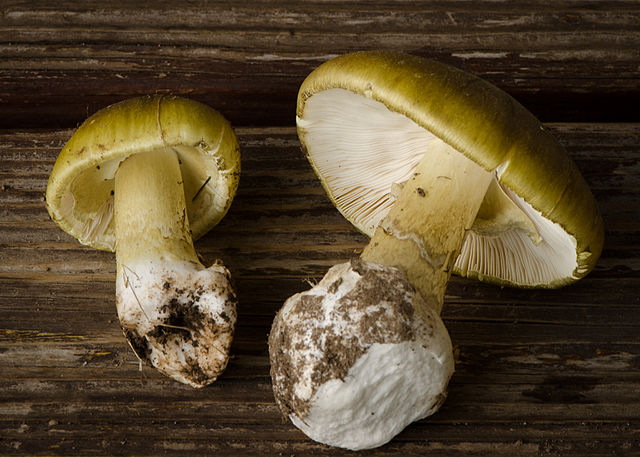
The Death Cap contains deadly amatoxins and phallotoxins. Symptoms of poisoning include severe gastrointestinal distress such as nausea, vomiting, and diarrhea, followed by liver and kidney failure. Tragically, consuming just one cap can be fatal. Therefore, never consume wild mushrooms without expert identification.
2. Amanita virosa (Destroying Angel)
Amanita virosa, commonly known as the Destroying Angel, is another highly toxic mushroom. It features a pure white, smooth cap, free gills, and a bulbous base. This mushroom is prevalent in North America and Europe, typically found in forested areas.
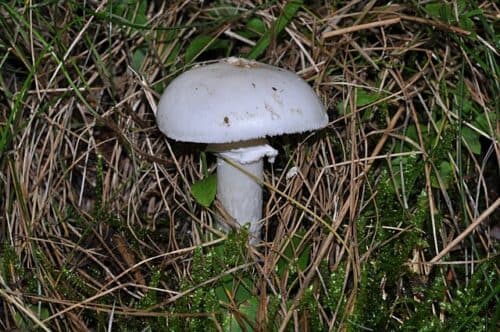
The primary toxins are amatoxins, which lead to symptoms similar to those caused by the Death Cap, including severe abdominal pain and organ failure.
The danger posed by white mushrooms in the wild cannot be overstated, emphasizing the need for extreme caution.
3. Galerina marginata (Deadly Galerina)
Galerina marginata, also called the Deadly Galerina, has a brown cap, rusty brown gills, and a slender stem. It usually grows on decaying wood in forests around the globe.
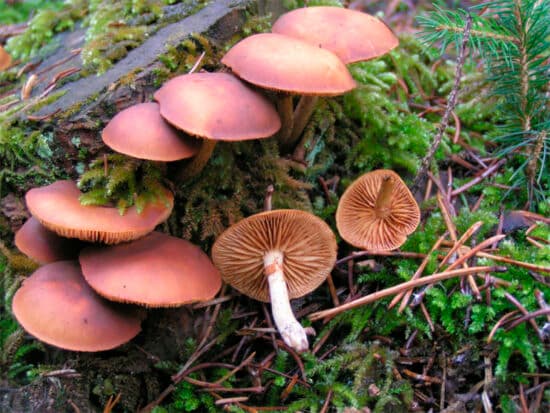
This mushroom contains amatoxins, which can cause rapid onset of nausea, vomiting, and diarrhea, eventually leading to liver damage and death. Avoid consuming any small, brown mushrooms growing on wood to mitigate the risk of poisoning.
4. Lepiota brunneoincarnata (Deadly Dapperling)
The Deadly Dapperling, or Lepiota brunneoincarnata, is identifiable by its brownish cap with a central bump and white gills.
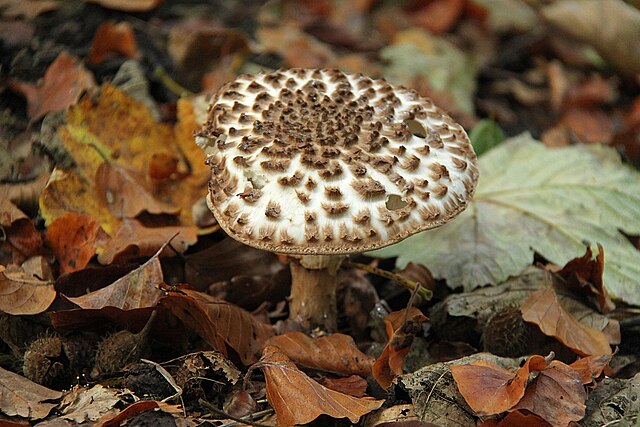
You can find it in lawns, gardens, and meadows, primarily in Europe. Like other deadly mushrooms, it contains amatoxins, causing gastrointestinal issues followed by liver damage.
Being cautious of mushrooms in lawns and gardens, especially those with brownish caps, is crucial to avoid accidental poisoning.
5. Cortinarius rubellus (Deadly Webcap)
Cortinarius rubellus, known as the Deadly Webcap, is characterized by its orange-brown cap, rusty orange gills, and a web-like veil.
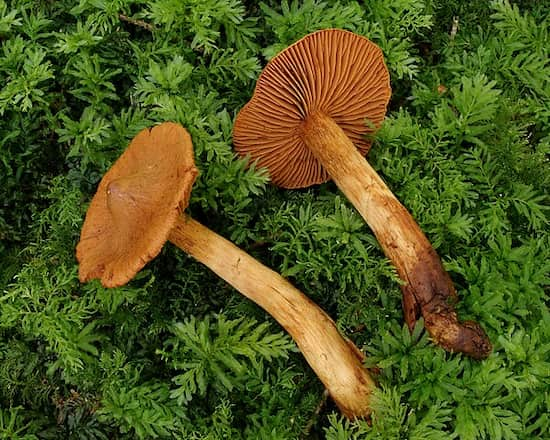
This mushroom grows in forests across Europe and North America. Its primary toxin, orellanine, causes delayed onset symptoms including nausea, vomiting, and kidney failure.
The distinctive web-like veil makes it easier to identify, yet it is essential to avoid any mushrooms with this feature in forested areas.
6. Amanita ocreata (Western Destroying Angel)
Amanita ocreata, or the Western Destroying Angel, shares many similarities with its eastern counterpart. It has a white cap, free white gills, and a sac-like volva. Found in California and the Pacific Northwest, it typically grows near oak trees.
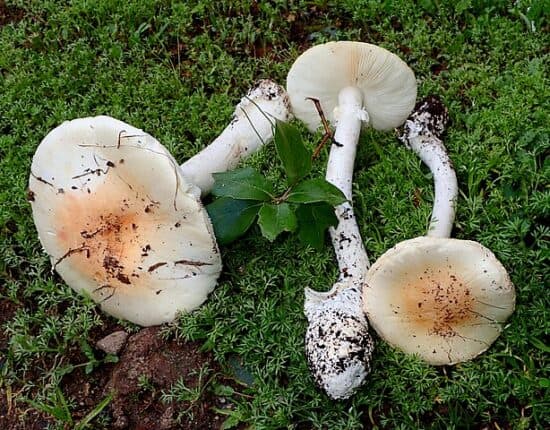
The mushroom contains amatoxins, leading to severe gastrointestinal distress, liver, and kidney failure.
Like all Amanita species, the Western Destroying Angel demands that wild mushrooms never be consumed without thorough knowledge and identification.
7. Amanita muscaria (Fly Agaric)
The Fly Agaric, Amanita muscaria, is famous for its striking appearance. It has a red cap with white spots, white gills, and a ring on the stem. This mushroom is common in temperate and boreal forests of the Northern Hemisphere.
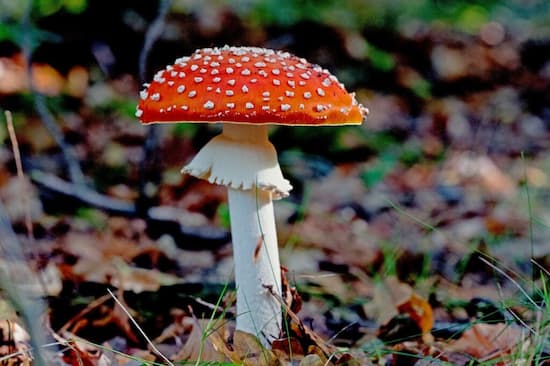
Although it is less deadly than the previously mentioned mushrooms, it contains ibotenic acid and muscimol, which can cause hallucinations, nausea, vomiting, seizures, and coma.
Brightly colored mushrooms with distinctive white spots should always be avoided to prevent toxic effects.
8. Podostroma cornu-damae (Poison Fire Coral)
Podostroma cornu-damae, known as the Poison Fire Coral, is a visually striking yet highly toxic mushroom. It resembles bright red coral and is found in Japan and Korea, usually in forested areas.
The mushroom’s toxins, trichothecene mycotoxins, cause severe gastrointestinal distress, hair loss, peeling skin, and multiple organ failure. Avoiding any brightly colored, coral-like fungi is crucial to prevent poisoning.
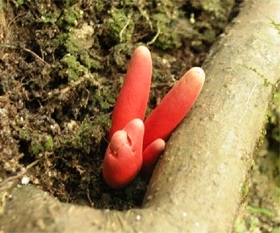
9. Gyromitra esculenta (False Morel)
Gyromitra esculenta, or the False Morel, has a brownish, brain-like cap with an irregular shape. It grows in sandy soils of coniferous forests in Europe and North America. This mushroom contains gyromitrin, which can cause vomiting, diarrhea, dizziness, liver damage, and seizures.
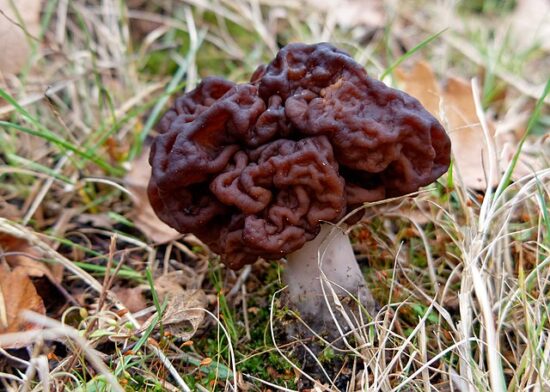
The False Morel is often mistaken for true morels, but it is vital to remember that true morels have a more uniform, honeycomb appearance, whereas false morels do not.
10. Chlorophyllum molybdites (Green-Spored Lepiota)
Chlorophyllum molybdites, commonly referred to as the Green-Spored Lepiota, features a white cap with brown scales and a greenish spore print.
You can find this mushroom in lawns and gardens across North America. Its toxins are gastrointestinal irritants that lead to severe vomiting and diarrhea, which is typically non-fatal but highly unpleasant.
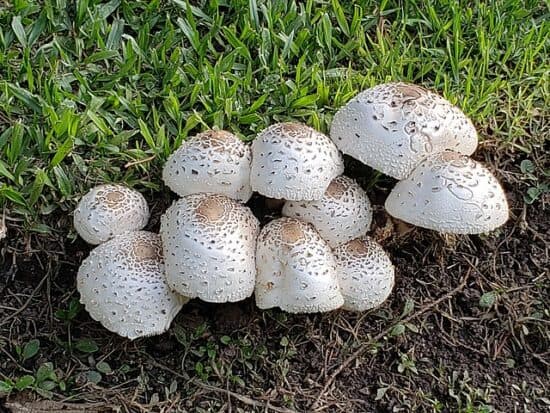
Always avoid consuming mushrooms found in lawns and gardens unless they have been properly identified by a knowledgeable expert.
Common Questions About Toxic Mushrooms
What should I do if I suspect mushroom poisoning?
If you suspect mushroom poisoning, seek medical attention immediately. Time is critical. Provide the medical team with a sample of the mushroom if possible, as this can aid in identification and treatment.
Rapid response can significantly improve outcomes and reduce the risk of severe complications or death.
Can cooking or drying remove toxins from poisonous mushrooms?
Cooking or drying does not reliably remove toxins from poisonous mushrooms. Some toxins, such as amatoxins, remain stable even at high temperatures and through various preparation methods. Therefore, relying on cooking or drying as a safety measure is dangerous and ineffective.
How can I safely forage for mushrooms?
Safely foraging for mushrooms requires extensive knowledge and experience. Always forage with an experienced mycologist or join a local mushroom club to learn from experts. Use reliable field guides and never consume a mushroom unless you are 100% certain of its identity. When in doubt, it’s better to err on the side of caution and not consume the mushroom.
Understanding the risks that come with toxic mushrooms is crucial for anyone interested in foraging or simply enjoying the natural world. Always exercise caution and seek expert guidance to avoid the potentially deadly consequences of mushroom poisoning.

